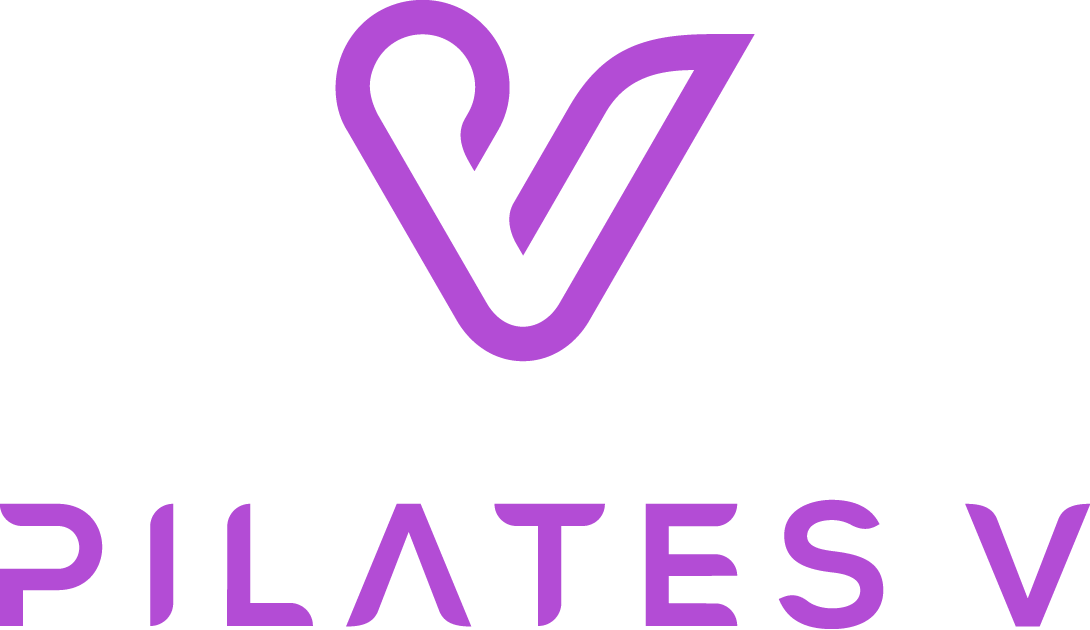Pilates V Fam!
Our June Blog completes our series on the Pilates principles, finishing up with the final two, Precision and Flow.
While each of these Principles can be broken down and practiced, when we look at the Principles as a whole, they actually build upon one another, culminating in the final two.
It is my experience that trying to practice Precision and Flow without lining up the preceding principles is like trying to row upstream, and the opposite is true as well; when you have the preceding principles in place, Precision and Flow come more readily, and naturally.
Let’s break them down here-
Precision
Precision means that each movement has its own design and parameters and it's our goal to find within ourselves our best version of each movement. In the past, movements were expected to look a particular way, however, as we evolve the Pilates Method we recognize that, as individuals, finding our best version actually allows for greater precision.
Precision means no random, banging, jerky movements. Movement is controlled and calculated for efficient energy expenditure and grace.
Precision is very much supported by the Principles of Breath and Concentration, since without them, Precision is less likely to be attainable.
Practicing Precision
Be mindful of the beginning and end points of each movement, and like connecting the dots, connect the points precisely with smooth fluid movements.
Consider the qualities that each movement is affording you and find your best version of that for yourself at that particular moment ( meaning, each day is different; just because you could do something one day doesn’t mean it will be the same the next day, so pay attention)
As an example let’s use the seated on the box “Hug a Tree” movement-
The starting and ending points are -
Start seated, core connected -Hands in straps, Elbows at sides, palms up
Middle - Ballet arms open at sides, palms facing in, hands stop at shoulder line
End - Elbows at sides, palms up
Precision in this movement would be to dial in your breath, and have a crisp start, middle and end with clean, fluid movements, no stopping and starting, no strap gaps.
One challenge here is stopping the hands/arms prior to allowing them to be pulled behind the shoulder line. It takes Concentration and Control to slow down and stop the arms and hands exactly at the appropriate range before changing course. In addition, having the Breath to then gain the momentum to change from an opening to a closing of the arms helps to avoid having to lean into the movement or PULL on the straps.
Developing Precision also supports your ability to remain connected to your Core and Core supports Precision in that you are not allowing the straps or springs to control you, pulling you out of alignment and disconnecting you from your Core power. In turn, your Core gives you the powerful support to move without disconnecting.
Flow
It doesn’t get any better than Flow. When you have all of the other Principles in place, Flow will tend to come naturally. In Pilates, there are 2 distinct experiences of Flow, 1 being flowing movement, the second being, an experience of a heightened state of awareness, which tends to happen spontaneously, but can be “produced” with practice.
Practicing Flow in the physical sense
Practice smooth, fluid movements with no stopping or starting. Think of movement like a wave; it never stops, rather it rolls into shore, then with a prolonged pause, it turns and rolls back out, the same with breath.
Fluid breath creates fluid movement. It's very difficult to have fluid movement when the breath is jerky or held. Move to the breath rather than breathing to your movement.
Practicing Flow as a heightened state
The state of Flow is scientifically defined as “the optimal state of health and performance”.
Some people are naturally prone to living more in the state of Flow and are referred to as having Flow personalities.
Some of the greatest thinkers in history were Flow personalities. Albert Einstein, Eleonor Roosevelt, Albert Schweitzer and the “father of American psychology” William James were all considered Flow personalities.
I believe Joseph Pilates was a Flow personality and fashioned his Method on the basis of what he found would naturally and effectively usher him into the state of Flow; The Principles.
Studies show most people have and do spontaneously experience the state of Flow. We have words and phrases that indicate the state, like Being “in the flow”, going with the flow, etc. With intention and practice you too can experience the bliss, ease and expansiveness of Flow.
